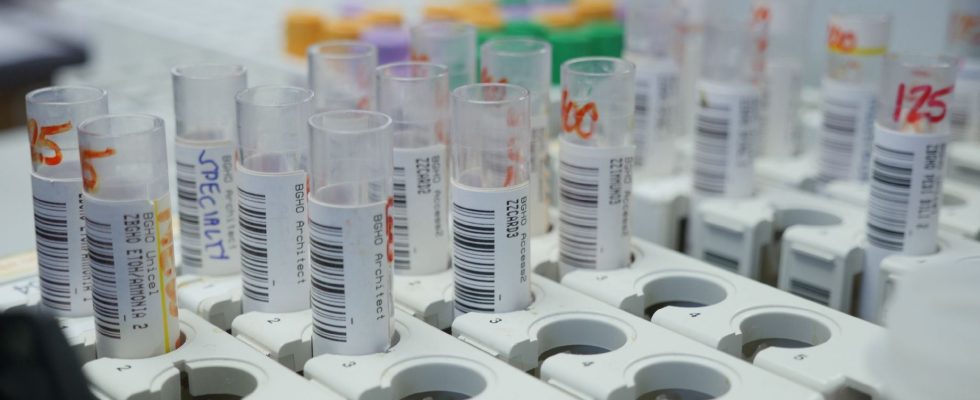It is the story of a diversion, of an insidious takeover which led to one of the biggest crashes in the history of scientific publishing. For years, malicious researchers have exploited the lightweight publishing and review system of Hindawi, a rising star in the sector, to inflate their CVs and land funding. Thousands of false articles were thus introduced into the company’s pages with 200 journals, until specialist scientists reported the fraud on various online forums.
Forced to retract around 8,000 of its publications, Hindawi has been shut down and must be dismantled, announced Wiley, its parent company, on December 6. The American company announced in its latest forecast that it would reincorporate the various newspapers managed by Hindawi. The operation should cost it around forty million dollars in 2024, a sum which is added to the 298 million spent to afford the services of the publisher in 2021, when it still sported a 50% growthone of the strongest in the sector.
The fraud is so massive that it has caused a record: there have never been as many retractions of scientific articles as in 2023, according to an analysis published in the journal Nature. Nearly 80% of the 10,000 articles considered null and void come from Hindawi. Most were published in “special issues”, special issues put together by independent committees, often able to attract more contributors than the journal can do in its regular editions.
A record fraud
After conducting internal investigations and being gradually removed from platforms that index scientific publications, Hindawi indicated in several of her retractions that she was allegedly the victim of “systematic manipulation” in her publication and evaluation process by pairs. “The company has been used by paper mills, article farms, which took advantage of these special issues to proliferate their adulterated content”, explains Paolo Crosetto, research director at INRAE, specialist in the economics of scientific publishing.
Originally reserved for special occasions, such as major scientific revolutions or significant events, “special issues” have established themselves as the main drivers of growth for open access scientific journals, whose economic model does not depend on subscriptions. but of the price paid by the contributors themselves. In 2022, Hindawi produced more specials than regular content, according to an analysis by several researchers, including Paolo Crosetto. A phenomenon that affects the entire sector: “specials” represent respectively 88% and 69% of the issues published by the two leaders in open access science, MDPI and Frontiers. They publish up to dozens of them per day.
According to Paolo Crosetto, this addiction to special editions, sometimes blindly entrusted to scientists far from their field of expertise, is one of the main levers used by fraudsters, these scientists and interest groups whose aim is to place fake articles to then monetize “signatures”. Many researchers pay to put their name there, and thus build a better CV. A drift from the culture of “publish or perish”, this tendency to look at the number rather than the quality of a scientist’s publications when hiring or granting him funds.
Special numbers, door open to fakes
According to a study conducted by Clear Skies and published by Nature last November, around 70,000 articles that could amount to false content intended for disinformation or to boost careers were published in 2022 in scientific journals. Or around 2% of total scientific production that year. “These articles are then read and cited, and the errors propagate, which risks destabilizing scientific production,” warns Guillaume Cabanac, one of the main hunters of fraudulent publications.
Faced with this mass of fakes, the risk of a form of “scientific bubble” and a growth dependent on toxic products, more and more researchers are specializing in the fight against this phenomenon. Guillaume Cabanac, an original computer researcher, developed an algorithm that detects the formulations used by counterfeiters. He notably participated in bringing down another publisher, IEEE, which was also forced to withdraw 8,000 papers in 2011, the last major crash of open access journals. According to the Frenchman, the papers withdrawn by Hindawi have been cited more than 40,000 times. So many articles in the scientific literature which mention false elements and which could again be cited by others.
If the volume of articles withdrawn each year has tripled under pressure from specialists and thanks to the awareness of editors who engage in more verifications, the number of published papers also continues to increase. There were 2.9 million in 2022, according to the work of Paolo Crosetto. This is 47% more than in 2016, while the number of researchers has not changed. According to Nature, most of the withdrawn works are linked to scientific institutions in Saudi Arabia, Pakistan, Russia and China. It is in these countries that the main paper mills.
.
